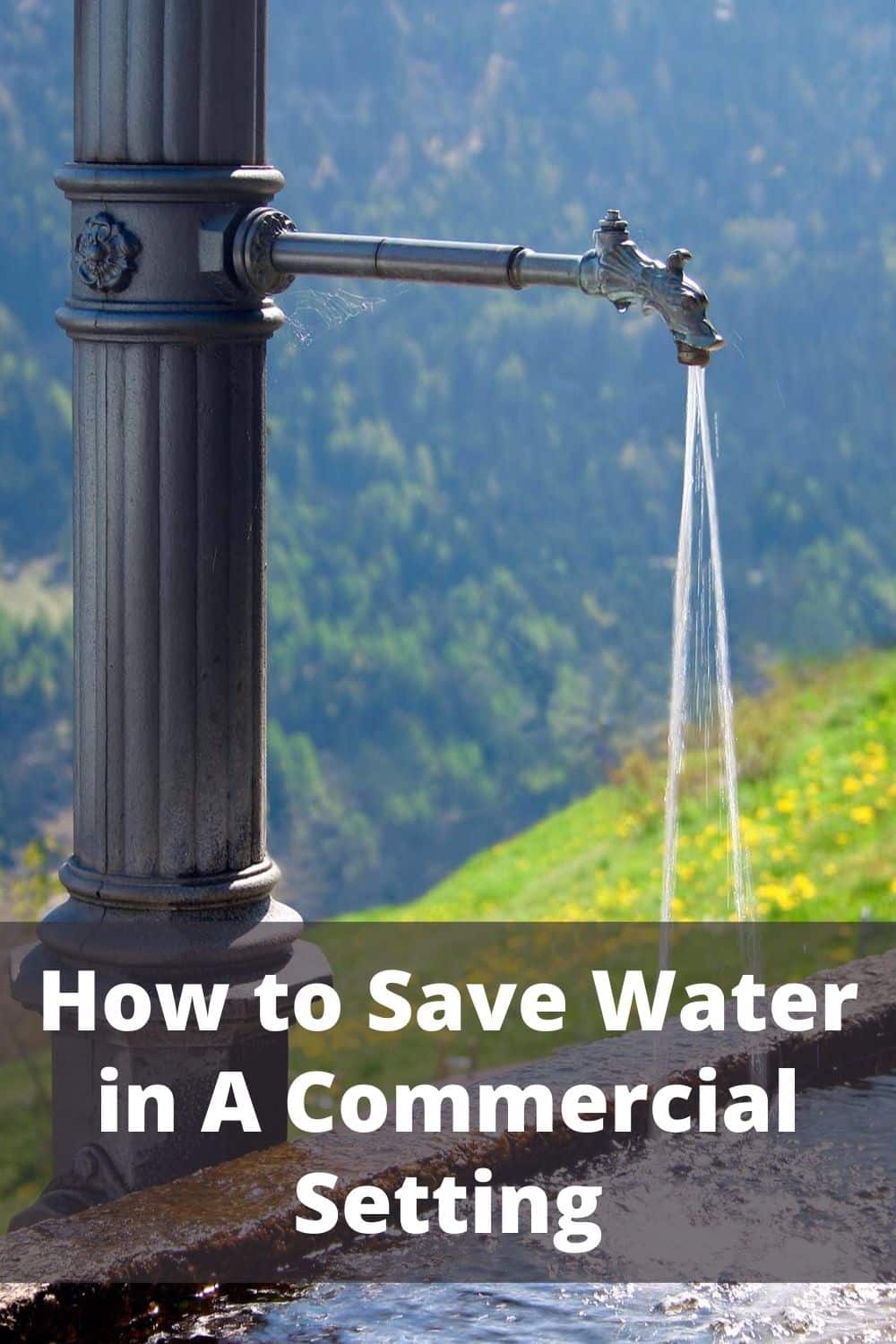How to Save Water – Many technologies that rely on the water are found in commercial structures. With today’s aim to develop green technologies, the engineer’s purpose has shifted from providing functionality to considering utilization and energy savings.
Even at the fixture level, you may include water conservation in a design in the United Kingdom. Not only would providing a system that decreases water consumption save energy costs, but it will also secure future resource availability and send a corporate statement that environmental health is important.
Read also: How to Get Clean, Soft Water in Your Kitchen?
How to Conserve Water in a Commercial Building?
Every year, water conservation becomes more crucial. Many companies are paying more for water than they expected they’d need due to record-high temps and fewer regular rainfall rates. As a result, as you move toward an ecologically friendly approach, finding innovative ways to preserve the water you already have will be critical to your success.
You can use these water conservation strategies from experts for your business facility to guarantee that nothing goes to waste. This way, you will always have the water you require, still, guarantee minimum waste.
By their very nature, office buildings consume a lot of water. Commercial buildings are not far behind farming, electricity generating, and manufacturing in water usage in the United Kingdom.
Office buildings may save significant resources by implementing simplified water-saving strategies, in addition to incentive schemes and tax benefits. Here are the top tips for water conservation in commercial buildings:
Monitor Usage and Regulate Water Pressure
The first step in conserving more water for your organization is to know how much you’re presently consuming. Many organizations use more water than they require, and understanding where you sit on the scale will help you determine how critical it is to change things. After you’ve made the required modifications, you may go back and analyze the unit’s efficiency more precisely.
Recalibrating the structure’s total water pressure is another excellent strategy for saving water in your business property. Your faucets will push out more water over time if you have higher pipe pressure.
This might lead them to leak more water than you require for simple operations like hand washing. Simply reducing the water pressure could save numerous gallons of freshwater each day. Just be careful not to dial the pressure down too low, or you’ll waste more water.
Water pressure is a good measure of how well your business building’s plumbing works. The ideal water pressure for a building is 65-80 psi. Furthermore, anything above that range can harm fixtures and raise the risk of pipe breaks.
Low-Flow Plumbing Fixtures for The Win
Many advancements have been achieved in the field of developing water systems. As a result of these findings, huge water-consuming fixtures have been replaced with low-flow water fixtures.
You will require an initial expenditure to renovate your business facility. Water-saving plumbing equipment like faucet aerators, high-efficiency toilets, and low-flow showerheads, on the other hand, provides various advantages.
Low-flow water faucets can help commercial buildings achieve LEED certification by lowering water use and associated expenses. Check out the many tools, projects, and products available to help you save water, energy, and operational expenses before starting your retrofit.
Insulate Piping
Commercial hot water pipes are often uninsulated or inadequately insulated in many existing structures. As a result, building water users must pause for hot water to flow, wasting a significant amount of water. In addition to conserving energy through a quick hot water supply, adequate pipe insulation may help minimize energy usage by preventing heat loss.
It may also be beneficial to have your plumbing insulated. Regulating water temperature is becoming more challenging when commercial pipelines are exposed to the outdoors. This frequently keeps you waiting with the faucet running, wasting water. As a result, you must insulate your plumbing system. This is particularly critical for areas of your structure that are outside or along the outside.
Change Your Flush Valves
What is the age of your structure? You’re probably consuming three to five gallons of water every toilet flush if your toilets were built before 1992, which is more than terrible what your fixtures use after 1992. Even with the modern toilets, there are several possibilities.
There are currently 1.28 gallon-per-flush (GPF) flush valves available from various firms, which give a 20% per-flush save over modern toilets and a 70% savings over pre-1992 installations.
Replacing the flush valve on a business toilet allows you to keep the toilet and might be a very cheap cost. If you have regular tank-type toilets, a typical flap tank with 1.28 GPF or pressure-supported toilets down to 1 GPF are available from various manufacturers.
Touch-Free Faucets
Touch-free faucets are among the more costly choices. The touch-free option activates the faucet only when it detects hands beneath it, nearly ensuring that water does not spill down the drain. As a result, this can help you conserve water while also lowering your utility expenditures. It can also be more hygienic and reassure consumers. Toilets and urinals are the same way.
Smart Water Monitoring Technology
You may see your estate’s water use statistics on an hourly, daily, and monthly basis with a smart monitoring system. Property water use is further split down into parameters such as average gallons per day, annual cost, and the annual cost per square foot or division. This type of data can help with institutional benchmarking efforts and demonstrate the efficacy of water conservation best practices.
How Can You Conserve Water Efficiently?
Water conservation entails innovation and smart design principles and fostering a shared understanding among water users to develop a greener, more energy-efficient ecosystem. Signage and awareness efforts at the point of use should educate customers about water shortage challenges and the consequences of water conservation actions.
Some utility providers help with the water conservation of commercial properties and offer pre-installed methods to help with your struggles. So, you can choose a utility bidder that offers water conservation systems for commercial buildings. They will help you monitor your water usage and offer smart meters to regulate water usage during different times. This can help you bring down utility costs and water wastage – How to Save Water





Leave a Reply